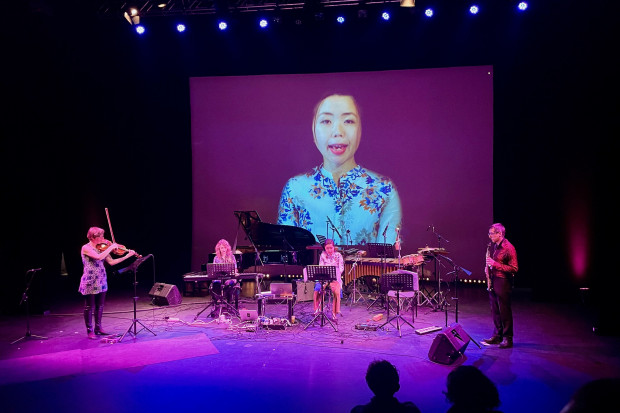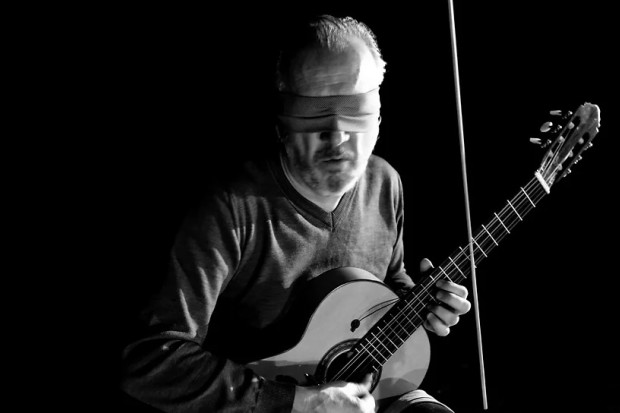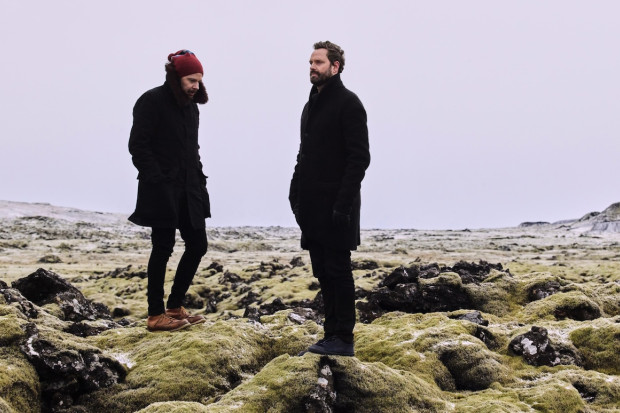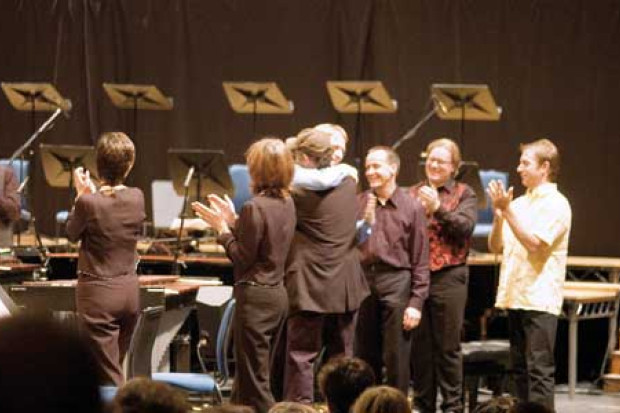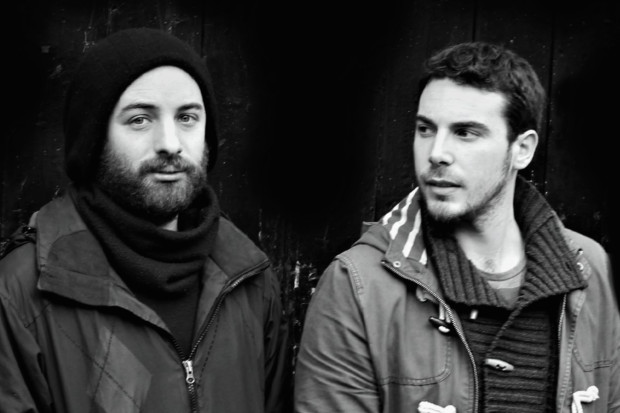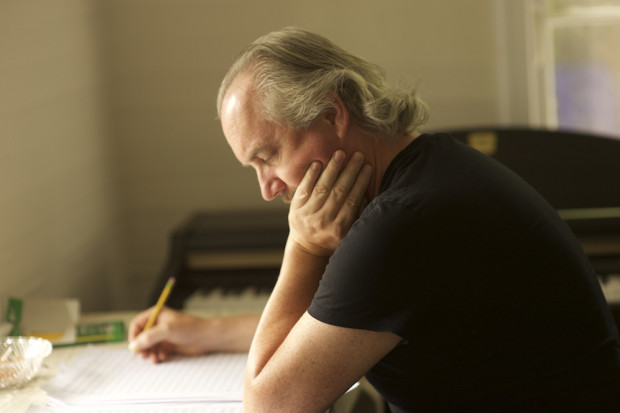Live Reviews: Barry Guy and Mats Gustafsson
For many of those fortunate enough to experience the 2000 Mostly Modern Festival, the days that culminated in the first public outing of the Barry Guy New Orchestra were a highwater mark for improvised music in Ireland. As well as seeing an outstanding selection of musicians express themselves within the composer’s syntactical framework, we had the opportunity to learn the language of those same musicians as they stuttered, sang, sobbed and screeched in solos, duos, trios and quartets. Of these formations, the Barry Guy (double bass)/Mats Gustafsson (saxophones) duo was a particularly exhilarating and energetic combination. That Mostly Modern, under its new appelation of Music21, had arranged another Irish appearance by Guy and Gustafsson was cheering news as winter closed in.
Groaning under the heavy burden of several hundred million euro of profits, the unfortunate Bank of Ireland feels unable to maintain its public exhibition and performance space at College Green. As a result, this year’s Music21 activities are something of a travelling show. J.J. Smyth’s was where we gathered on November 1st. On past form, we could have expected Guy/Gustafsson to push each other towards edge-of-the-seat drama and high-speed chases. Not that this is the only idiom in which they operate. In both artists’ solo recordings, as in their totally improvised and composed music, listeners will have no difficulty in discovering passages variously slow, meditative, lyrical, obstinate, exploratory and plangent.
What was really striking on the night was the sense of open possibility: a race toward the peak could lead to a sudden, dizzying drop into the valley, to a winding, criss-crossing descent or to a riskier venture over obstacle-strewn terrain. At the flick of a finger, microscopic examination of a texture could become attack or outburst. Though he has an astonishing array of techniques at his disposal, Guy does not need to display them all in any particular performance. Here, he used a normal and a stringless wooden bow; he inserted a soft-headed stick between the strings to create prolonged vibrating effects or sounds sometimes reminiscent of the gamelan; and he plucked above and below the bridge. As always – it is impossible to write of his playing without mentioning this – his alertness to the smallest changes and suggestions in his fellow-player’s work was exemplary.
Gustafsson brought along his unique slide saxophone (which produced smearing and sliding effects instead of separate notes) and fluteophone, but it is on what is probably his instrument of choice, the baritone saxophone, that he was most impressive. From the sheer physical command involved in shaping some of his huge foghorn sounds, through Ayler-tinged groaning, to the deftest of finger-flicking on the mouthpiece, his performance (to adapt terminology from the visual arts) was at least as much constructivist as it was expressionistic. Guy and Gustafsson were generous with their time, creativity and energy – to the delight of an audience that included a gratifyingly large number of young people. In its temporary home, Music21 had offered a vision of permanent renewal. The encore was short and appropriate: a repeated descending motif that slowed and dissolved as Gustafsson wound down and Guy seemed to decommission his bass, string by string.
Published on 1 January 2007
Barra Ó Séaghdha is a writer on cultural politics, literature and music.










